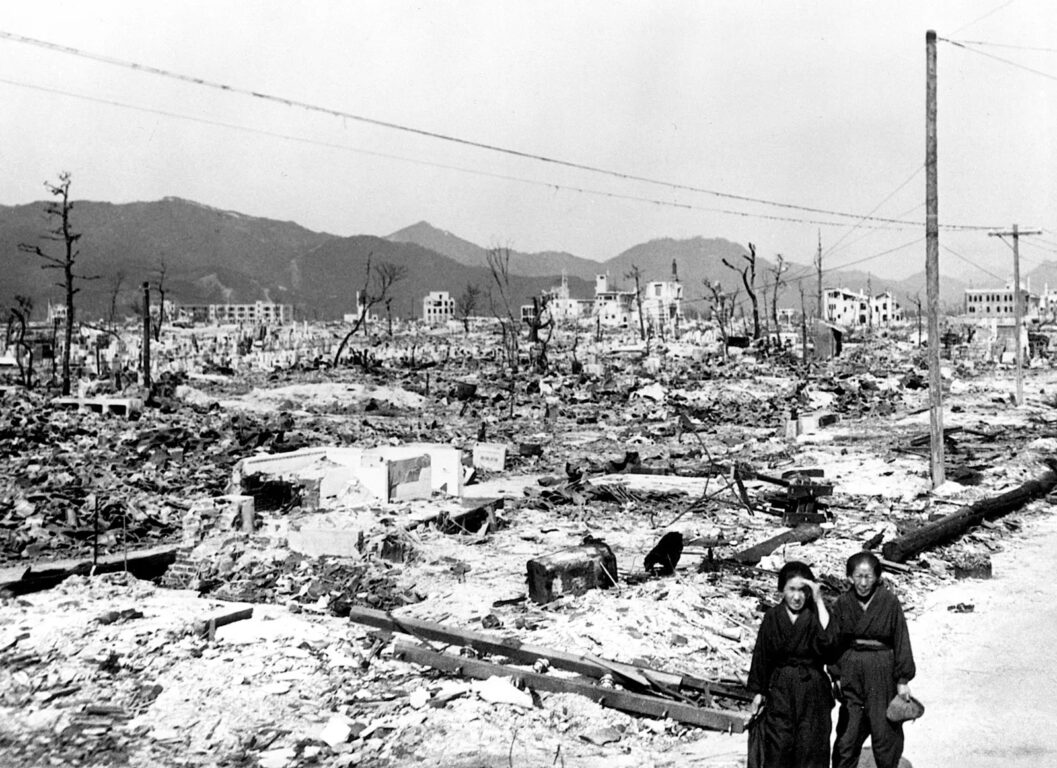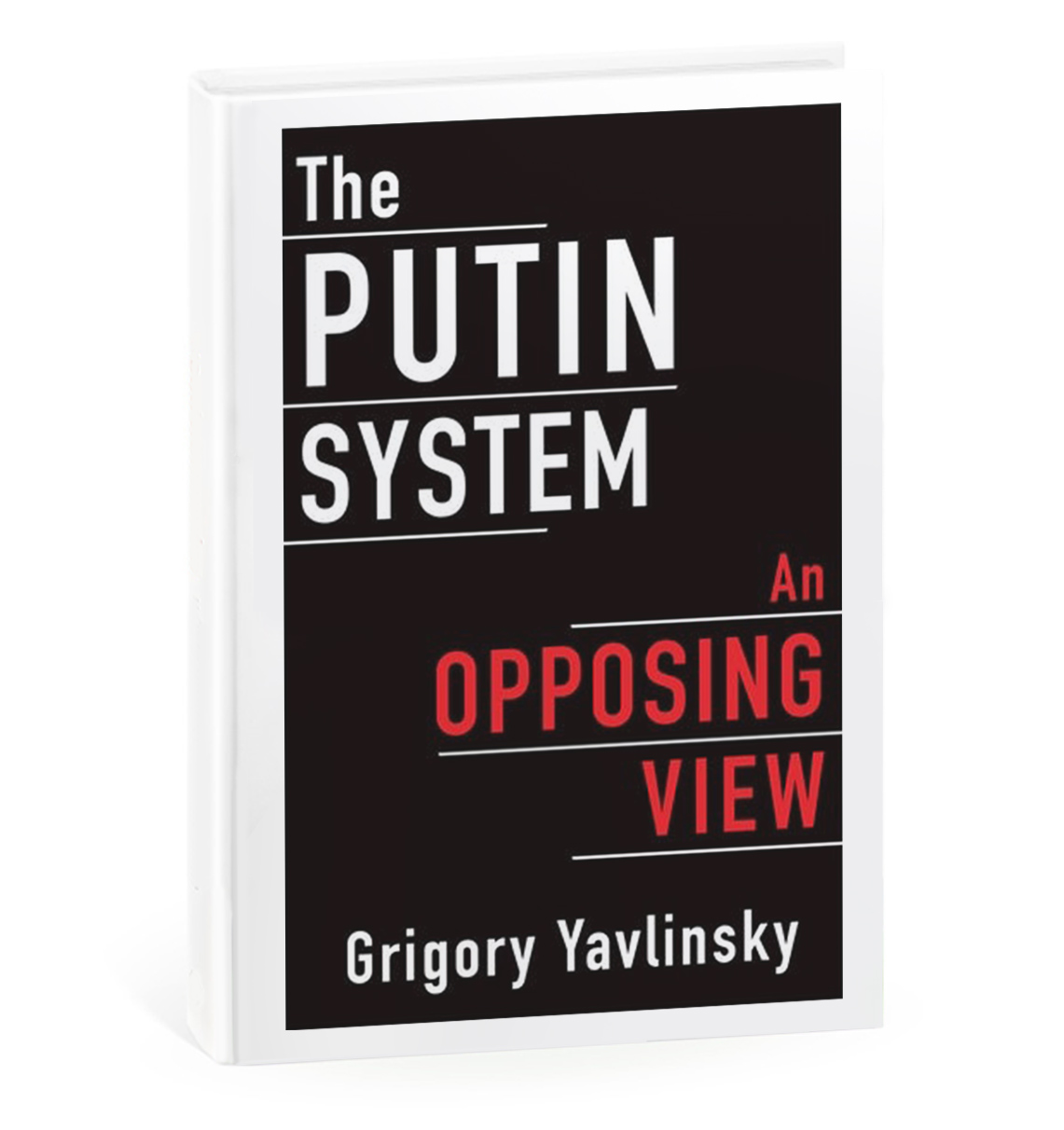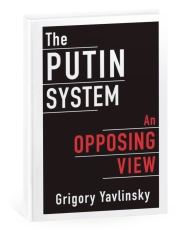These days mark the 80th anniversary of the bombing of Hiroshima and Nagasaki.
On 6 August 1945, the American B-29 bomber Enola Gay dropped an atomic bomb on the Japanese city of Hiroshima, equivalent in power to 13-18 kilotons of TNT. Three days later, on 9 August 1945, another American bomber, the B-29 Bockscar, dropped an atomic bomb on the city of Nagasaki, equivalent to 19-21 kilotons of TNT. The two explosions instantly killed 80,000 people, and by the end of 1945 the total death toll ranged from 150,000 to 246,000 people.

After the atomic bombing. Hiroshima, Japan. 17 November 1945 // U.S. Department of Energy
At the beginning of 2025, according to the Stockholm International Peace Research Institute (SIPRI), there were nine nuclear powers in the world (USA, Russia, United Kingdom, France, China, India, Pakistan, North Korea and Israel), which together possess approximately 12,240 warheads. Russia and the USA together possess approximately 90% of all the world’s nuclear weapons. Modern warheads can have yields from hundreds of kilotons to several megatons, that is, tens, hundreds or even thousands of times more powerful than the bombs dropped on Japan in 1945. Simple arithmetic shows that the quantity and power of nuclear weapons possessed by Russia and the USA alone would be sufficient to destroy all humanity on our planet.
In this context, the disgusting verbal squabbles on social media between modern politicians and even leaders of nuclear powers are not just chatter, but real steps towards increasing existential danger for absolutely everyone – and primarily for the citizens of Russia and Europe. No one will sit out in a bunker. Such is the reality.
Acting politicians – American, European, and Russian – must immediately launch real constructive dialogue on restoring nuclear deterrence treaties, stop verbal and practical military escalation, especially in the nuclear sphere, and immediately return to negotiations and agreements on strategic offensive arms (START).
In December 2019, the article “The Threat of War” was published, and its relevance has sharply increased over the following six years due to the growing world disorder, and now the appeal in the article is addressed not only to the leaders of the USA and Russia, but also to European politicians, as well as China, India, and Pakistan:
“The threat of a nuclear war at the end of the 20th century was considered the most important issue. Today, however, while this threat is no less ominous, it is portrayed incoherently and obscured politically by ambitions of a different calibre. And as a result the threat of war is becoming more and more likely. <…> There is a pressing need to return to negotiations on nuclear arms control as soon as possible. <…> This acute need and urgency are attributable to the political myopia and irresponsibility <…> , which means that the nuclear deterrence regime will simply fade away.”
What specifically needs to be done to prevent global catastrophe? Urgently begin work on a new multilateral strategic offensive arms (START) treaty and achieve the following:
“ <…> to ensure control over air-based nuclear cruise missiles and the aircraft bombs of heavy bombers, include in the overall ceilings for weapons land-based intercontinental cruise missile and also intercontinental missile glide hypersonic systems, regardless of the type of warhead. Consequently, as a start, restrictions could be placed indirectly on resources that increase the likelihood that nuclear weapons might be used. The new treaty must cover partial orbital intercontinental ballistic missiles and autonomous long-distance submersible vessels. At the same time, it is necessary to approve measures aimed at ensuring the transparency and demarcation of anti-ballistic missile systems into a strategic (global) defence system from intercontinental ballistic missiles, and regional anti-ballistic missile and anti-aircraft defence systems in order to offer safeguards against medium-range and long-range ballistic and cruise missiles. This is required to limit the former and develop the latter. In parallel, negotiations should be started on space weapons, starting with the prohibition of tests of any anti-satellite systems. There should also be a transition to dialogue on the mutual renunciation of any cyberattack tools and methods against the strategic information management systems of each country.”
The acuteness of the current moment is that now a practical component of this process is settlement of the Russian-Ukrainian conflict.
Today it is vitally necessary to immediately conclude a ceasefire agreement, including technical conditions for troop separation, control and monitoring mechanisms, security guarantees for rear facilities and much more. This is precisely the most important condition for eliminating the really approaching nuclear threat – a task aimed at preserving human life and the future of our planet. It must be understood: absolutely any use of nuclear weapons – of some small yield, tactical or anything similar – will inevitably and immediately lead to a retaliatory massive nuclear strike. And this will be the end.
The tragedy in Hiroshima and Nagasaki is a reminder that the most unimaginable catastrophe can become reality.



